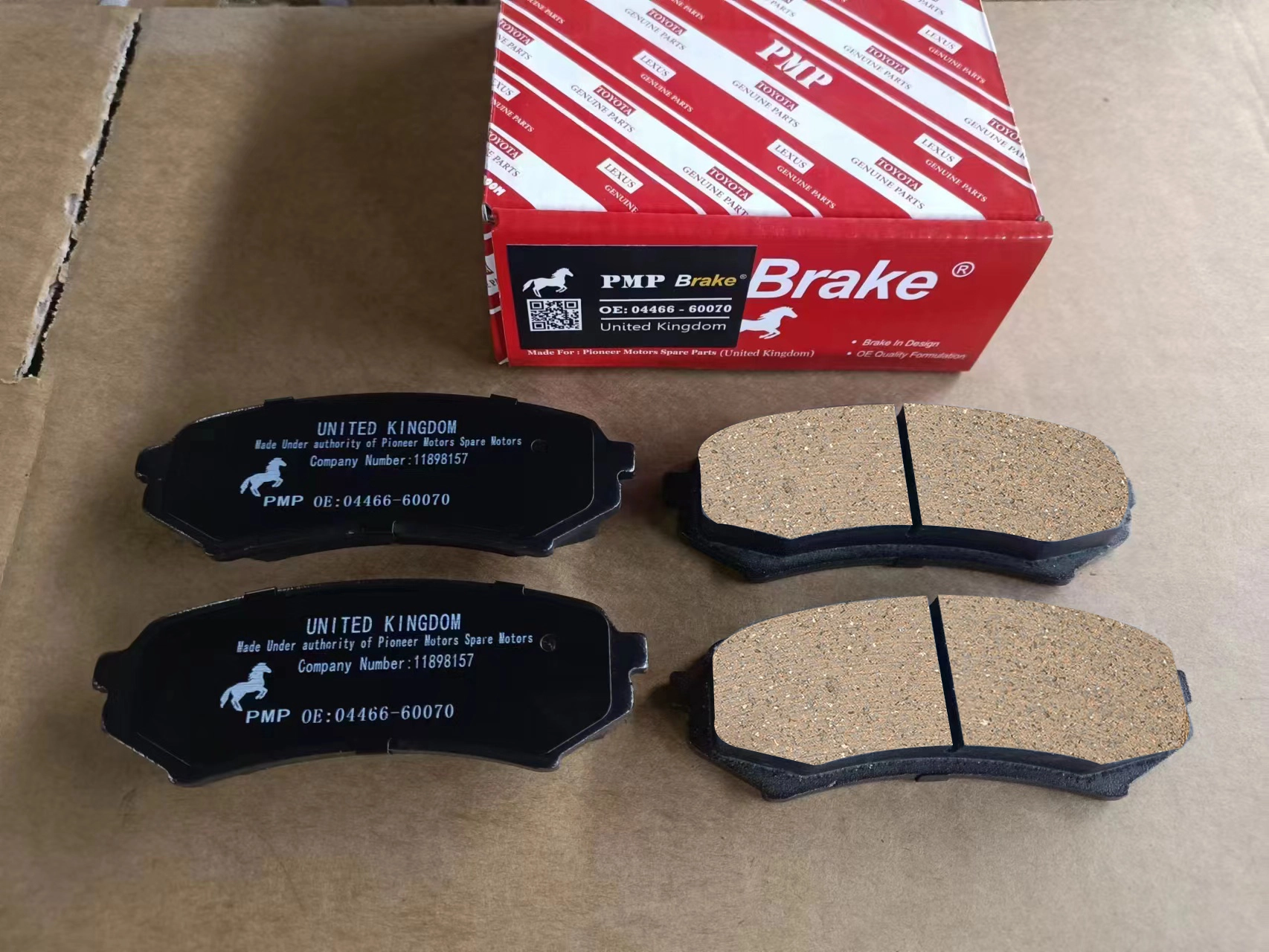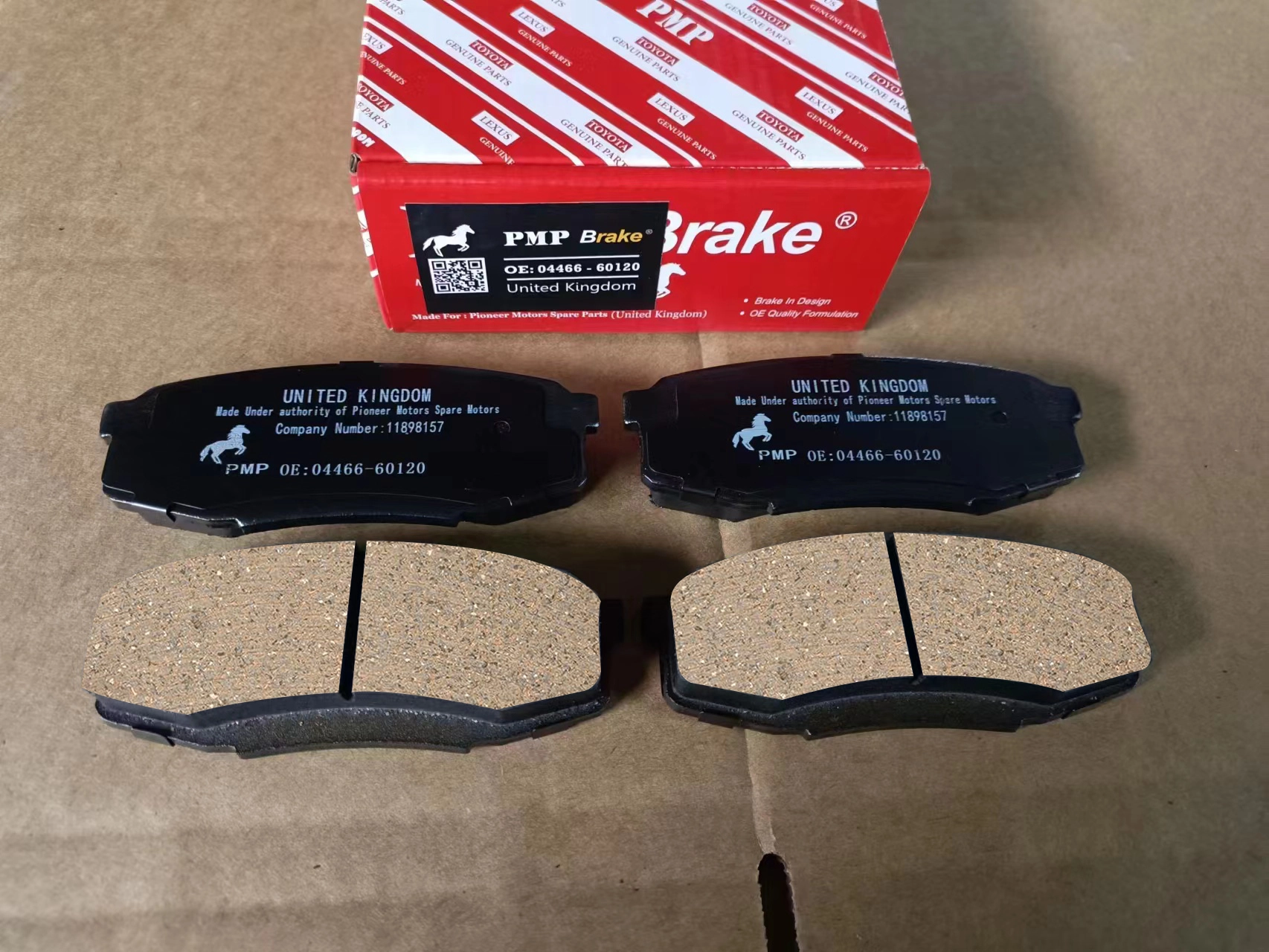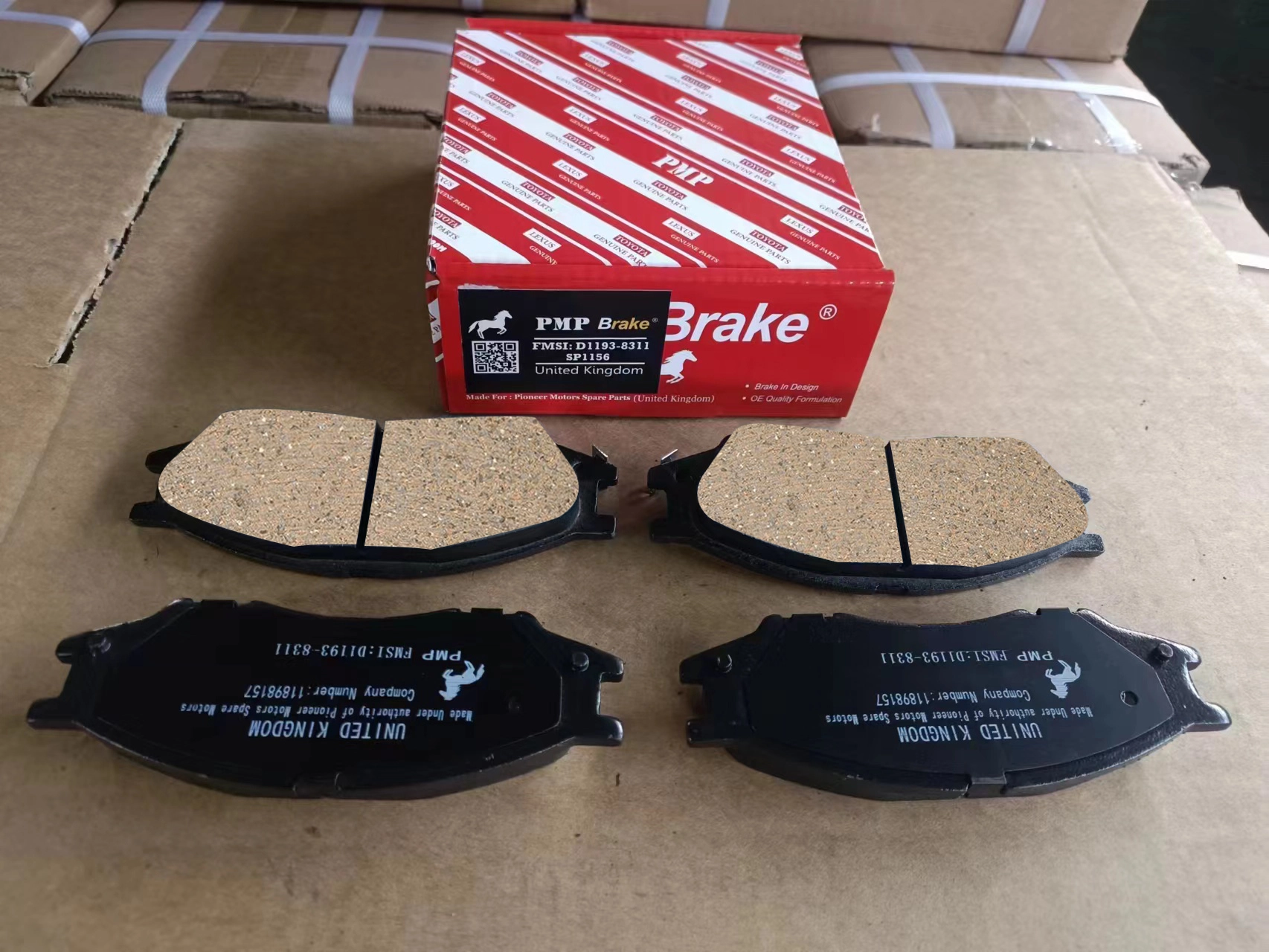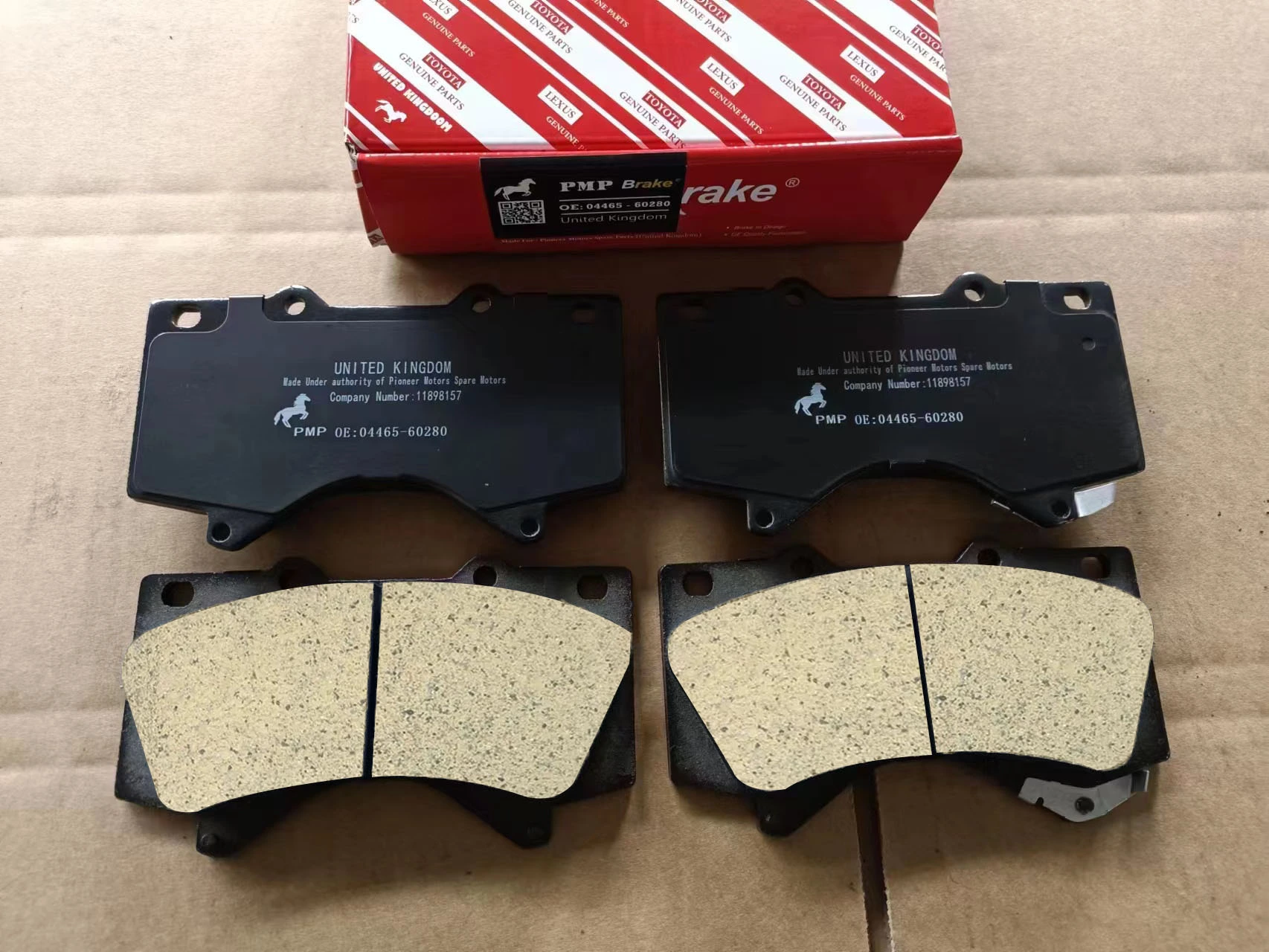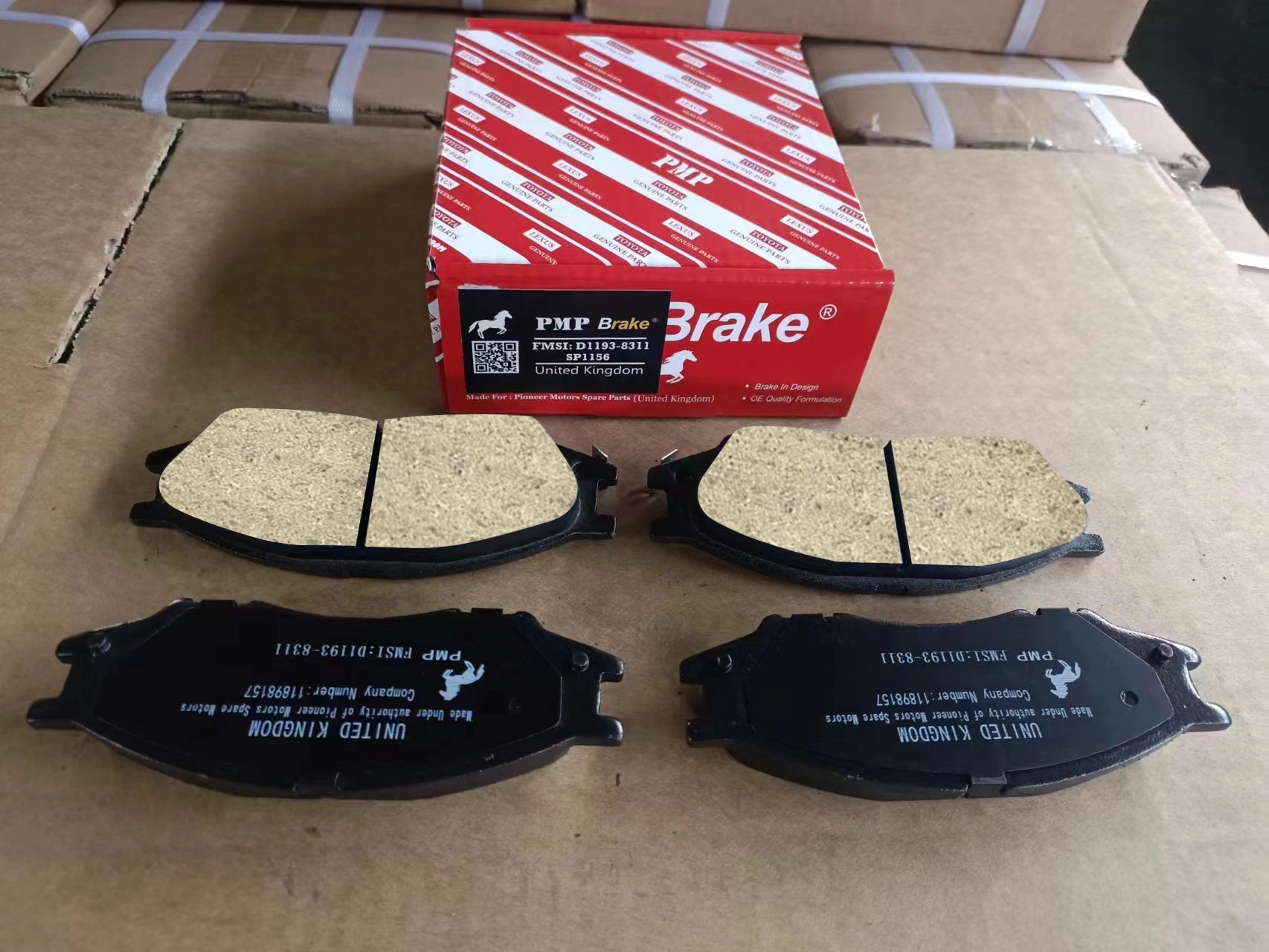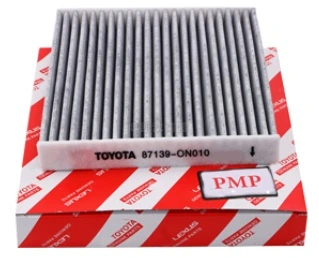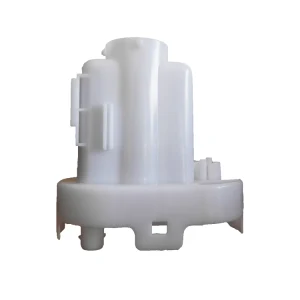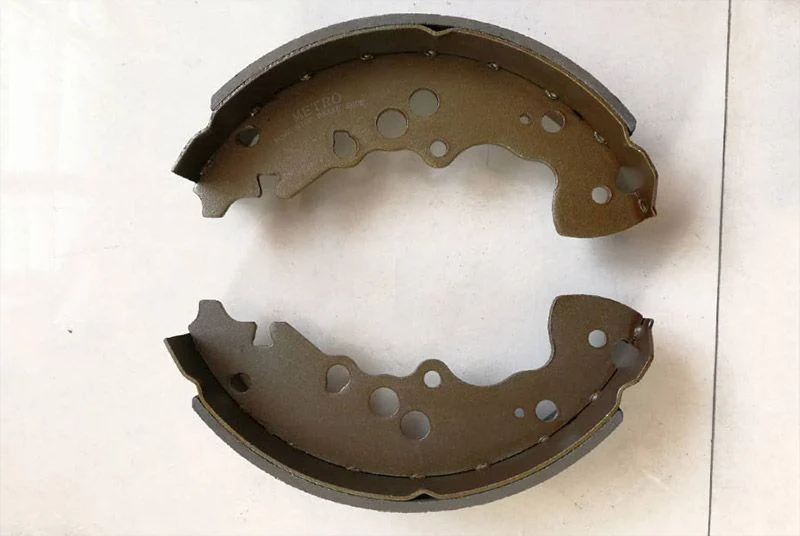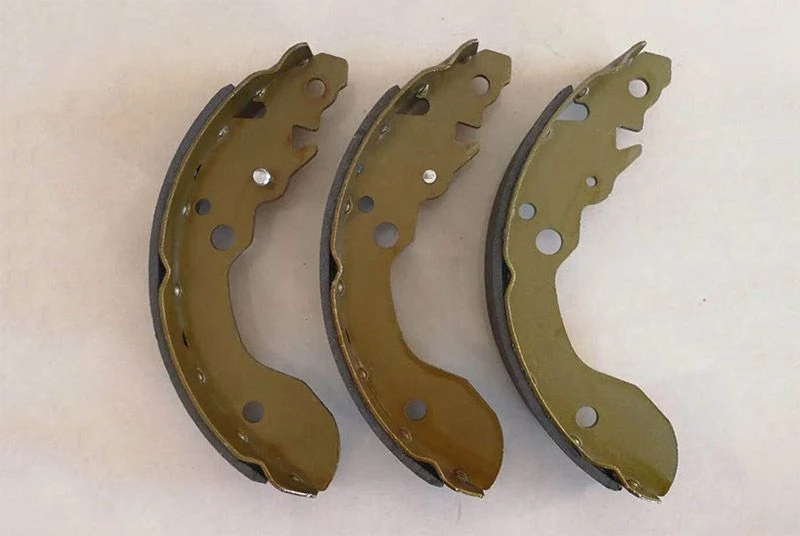Brake pad comparison: ceramic vs. semi-metal for optimal performance
Choosing the right brake pads for your car is important to ensure optimal braking performance and safety on the road. Among the various options available, PMP ceramic brake pads, semi-metallic brake pads, and raw metal brake pads are the most commonly used options. PMP ceramic brake pads are known for their superior durability and heat resistance. Made from a combination of ceramic fiber and non-ferrous materials, these pads provide superior braking power and noise and dust reduction. PMP ceramic brake pads are often preferred by drivers looking for a smooth and quiet braking experience. Semi-metallic brake pads, on the other hand, are made from a mixture of metal fibers, such as steel or copper, and other materials, such as graphite or friction modifiers. These pads have excellent heat dissipation capabilities, making them suitable for high-performance vehicles and heavy-duty applications. Semi-metallic brake pads can be noisier compared to ceramic options, but offer better braking performance in extreme conditions. For those looking for a budget-friendly option without compromising on performance, low metal brake pads are worth considering.
These pads have less metal content compared to semi-metallic options, but still provide reliable stopping power. Low metal brake pads provide a balance between cost efficiency and suitable friction properties. When choosing between PMP ceramic brake pads, semi-metallic brake pads, or raw metal brake pads for your vehicle, it is important to consider factors such as driving style, vehicle type, and specific application requirements. By consulting an automotive expert and referring to manufacturer recommendations, you can make informed decisions to ensure optimal braking performance and safety on the road. When choosing the right brake pads for your car, there are several options on the market.
BRAKE PADS
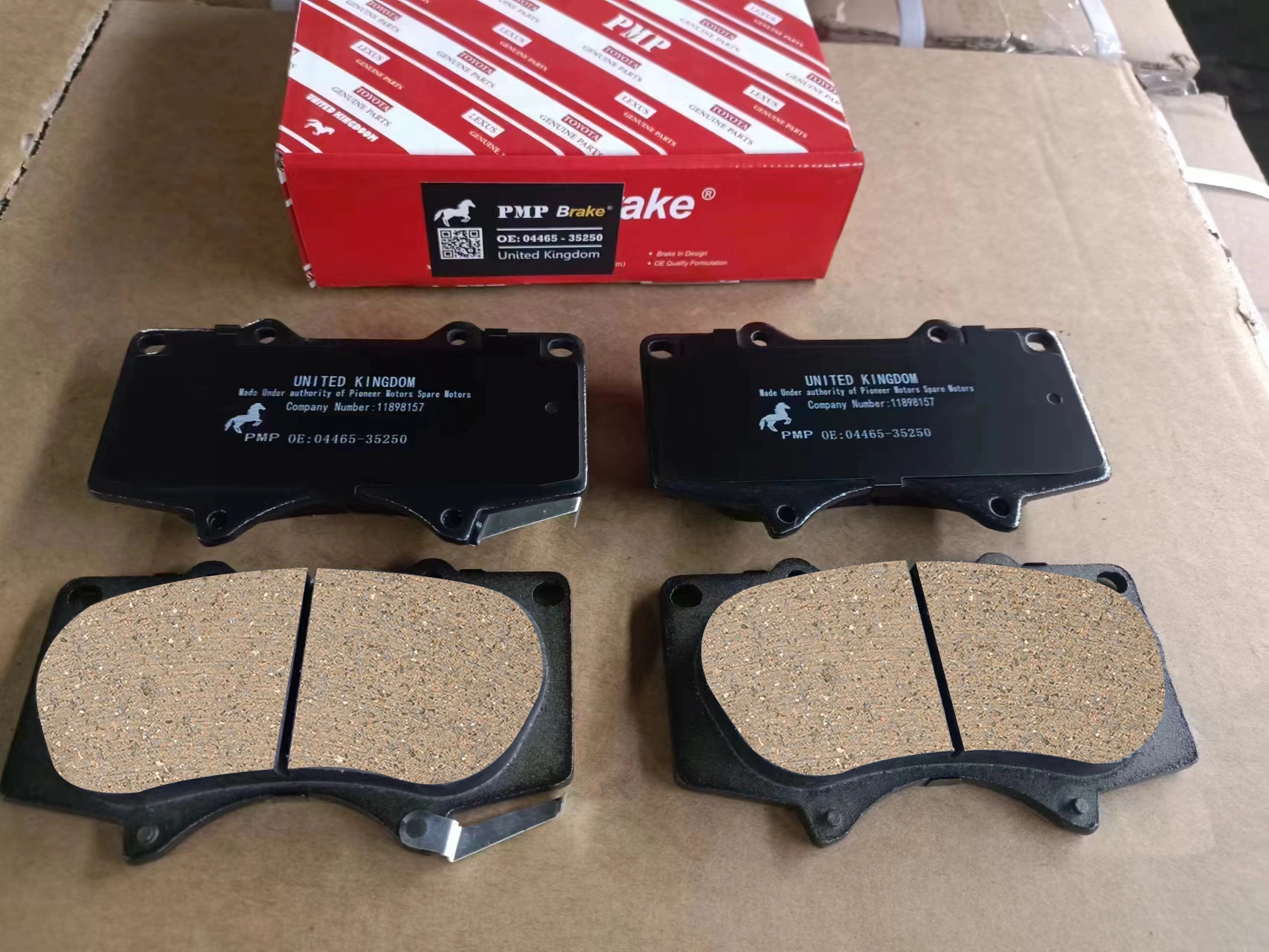
BRAKE PADS
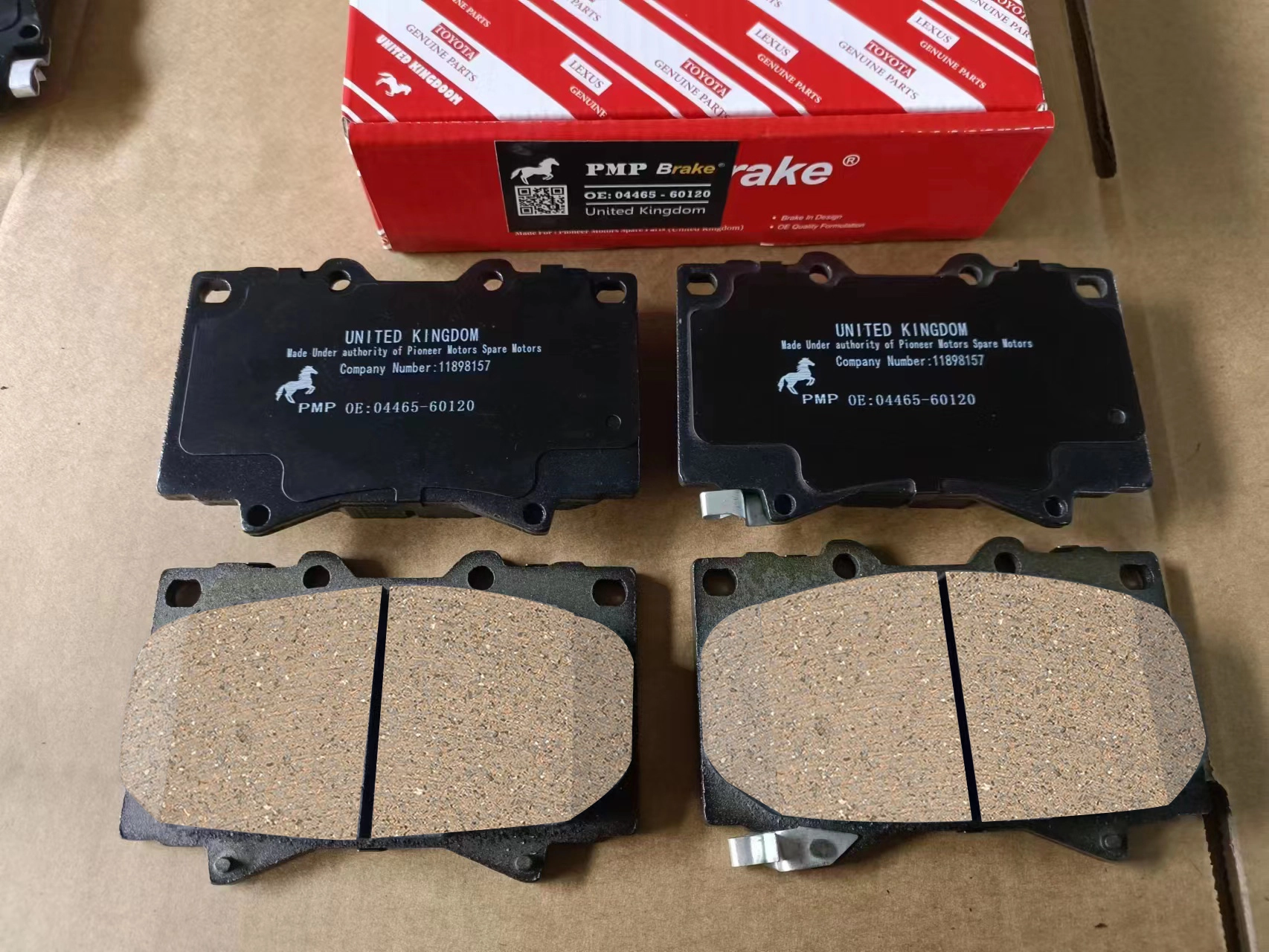
Ceramic brake pads, raw metallic brake pads, and semi-metallic brake pads are three popular options that offer a variety of benefits depending on your specific needs.
Ceramic brake pads are known for their superior performance and durability. Made from a combination of ceramic fibers and non-ferrous materials, these brake pads provide excellent stopping power while producing less noise and dust compared to other options.
They also have a long lifespan, making them a cost-effective choice in the long run. On the other hand, brake pads with low metal content contain a small amount of metal fibers mixed with organic materials. These types of brake pads have better heat dissipation and better braking performance under high load conditions. It is often chosen by drivers who drive more aggressively or who tow heavy loads.
Semi-metallic brake pads strike a balance between ceramic and low metallic options. These pads contain a higher percentage of metal fibers combined with organic materials. As a result, they offer increased durability and better heat resistance compared to organic or ceramic options. They are commonly used in vehicles that require improved braking performance without sacrificing longevity. Ultimately, the choice between ceramic, low metallic, or semi-metallic brake pads depends on your driving style, vehicle type, and personal preferences. It is recommended to consult with a professional mechanic or refer to your vehicle's manufacturer guidelines to determine which type of brake pad is best suited for your specific needs.
BRAKE PADS
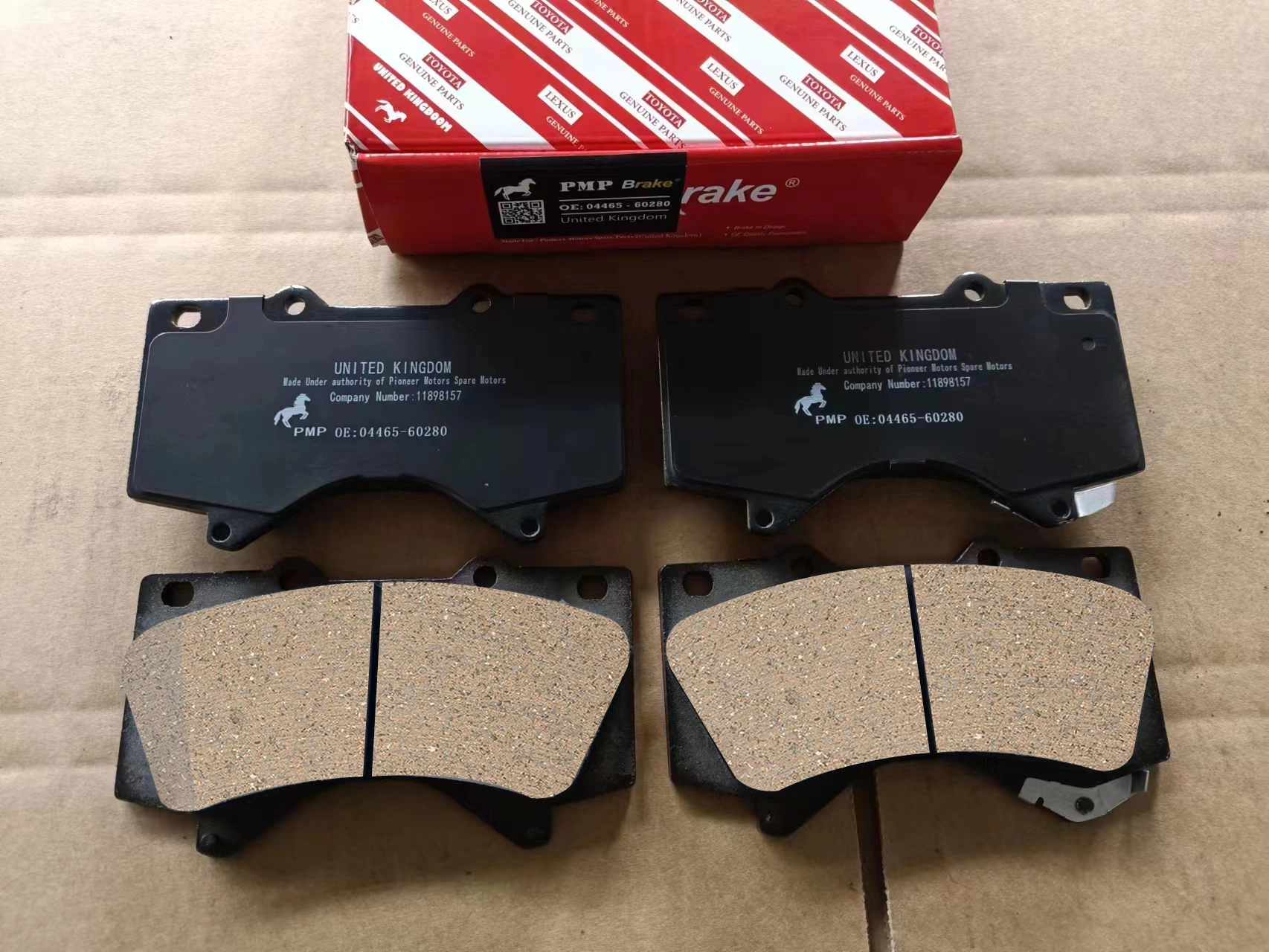
BRAKE PADS
